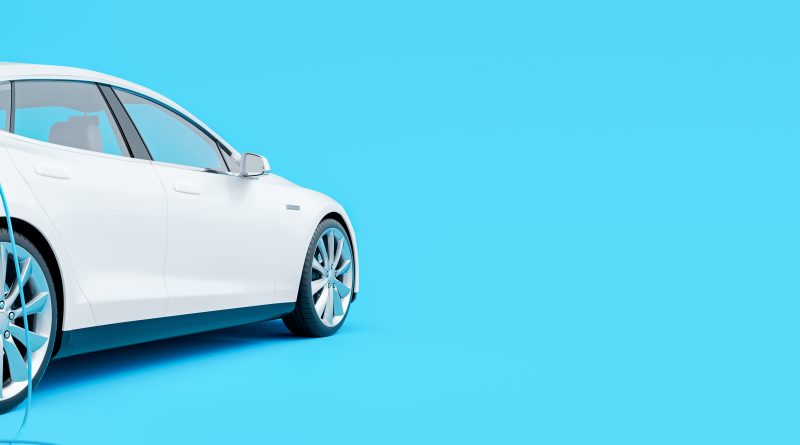Stellantis Shakes Up Workforce Amid Electric Shift
Stellantis, the automaker behind the iconic Jeep brand, recently announced plans to lay off an unspecified number of employees at its U.S. factories in the upcoming months. This move comes as a response to several converging factors including a significant shift in the global automotive market towards electric vehicles (EVs), increased capital expenditure, and a fresh union agreement that has pushed up costs. This article delves into the implications of these layoffs and the broader industry’s pivot away from gasoline-powered cars.
Stellantis at the Crossroads of Market and Innovation
The auto industry stands at a critical juncture, heavily influenced by evolving consumer preferences, regulatory demands for lower emissions, and technological advancements. Stellantis’s decision to reduce its workforce can be seen as a strategic move to manage escalating costs associated with this shift. In the first quarter alone, the company faced declining sales in the U.S., with a nearly 10% drop compared to the previous year.
Investments into new technologies, particularly those required for developing electric vehicles, are substantial. Stellantis has reported increased spending to facilitate the transition from gasoline to electric vehicles, a necessary step to remain competitive in a rapidly changing market.
At the heart of Stellantis’s restructuring are the factory workers and staff who face uncertainty. The layoffs have already touched 199 full-time workers at the Ram pickup truck factory in Sterling Heights, Michigan, and extended to some white-collar roles. This marks a significant shift in the company’s labor strategy, reflecting broader industry trends where automation and new technologies often lead to reduced manual labor.
The transition to electric vehicles, while beneficial for the environment, requires a workforce with a different set of skills. This mismatch has led to job displacements, highlighting the need for substantial investment in training and education programs to help existing employees adapt to new roles within the evolving automotive landscape.
Balancing Labor Advocacy and Technological Progress
The layoffs have not gone unnoticed by labor unions, particularly the United Auto Workers (UAW), which has been vocal about protecting workers’ interests during this transitional period. The union’s stance is increasingly supported by political figures and environmental groups who recognize the need for a fair approach to the workforce changes brought about by new technologies.
This alignment between labor rights and environmental goals presents a unique challenge for automakers. They must navigate the delicate balance of advancing technology while ensuring that the workforce is not left behind in the rush towards innovation.
Strategic Responses to Industry Transformation
In response to these challenges, Stellantis CEO Carlos Tavares has emphasized the need for cost-cutting measures to keep electric vehicles affordable for the middle class. This strategy is crucial not only for maintaining competitiveness but also for ensuring that the shift to electric vehicles does not alienate a significant portion of potential buyers due to high costs.
Furthermore, Stellantis’s approach includes exploring ways to integrate profit-sharing models that tie wage increases to company performance, thereby aligning employee interests with corporate goals. Such strategies could serve as a blueprint for how traditional manufacturing roles can evolve in the face of technological advancements.
As Stellantis navigates these tumultuous waters, the auto industry at large is watching closely. The company’s ability to manage its workforce effectively while transitioning to electric vehicle production will likely serve as a benchmark for others in the sector. The outcome of Stellantis’s strategy will not only affect the future of its employees but also shape the broader narrative around the sustainability and social responsibility of major automakers in the era of electric vehicles.
